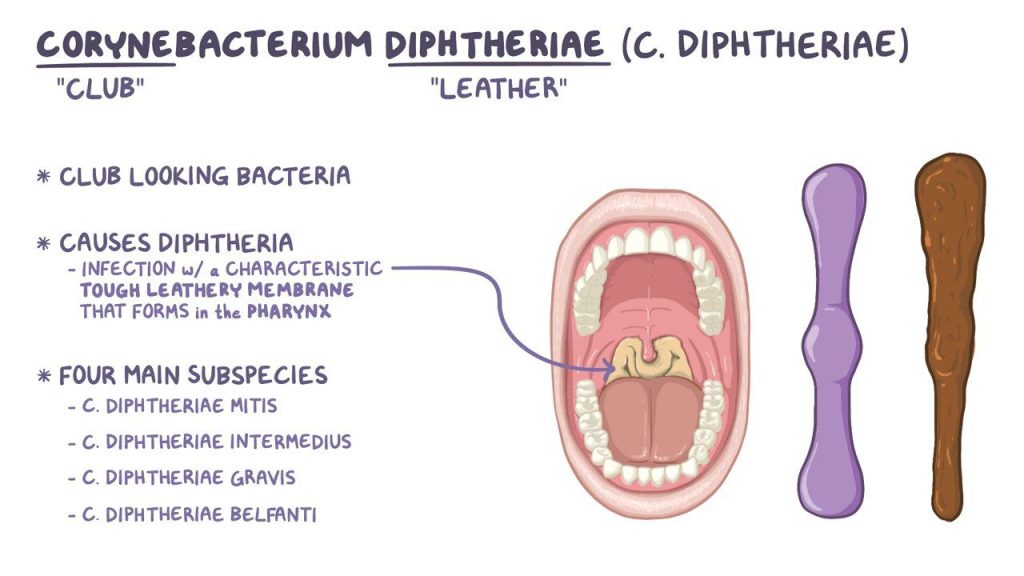February 16, 2024
Understanding Diphtheria: WHO Guidelines for Clinical Management
Introduction:
- Recently, the World Health Organization (WHO) released new guidelines regarding the clinical management of diphtheria, shedding light on this serious contagious bacterial infection of the nose and throat.
Insights into Diphtheria:
- Diphtheria is a severe bacterial infection primarily affecting the nose and throat. It stems from strains of bacteria known as Corynebacterium diphtheriae, which produce a potent toxin. The infection spreads through respiratory droplets emitted during coughing or sneezing, and can also be transmitted through contact with infected sores or ulcers. While skin infections from diphtheria are less common, they can occur. Advanced stages of diphtheria can lead to complications such as damage to the heart, kidneys, and nervous system.
Recognizing Symptoms:
- Symptoms of diphtheria include the formation of a thick, grey membrane in the throat and tonsils, along with a sore throat, hoarseness, and swollen glands in the neck. Breathing difficulties may also arise.
Current Treatment Strategies:
The current treatment protocol involves several steps:
- Neutralization of unbound toxin using Diphtheria Antitoxin (DAT).
- Administration of antibiotics, such as macrolides (azithromycin, erythromycin), to halt bacterial growth.
- Monitoring and providing supportive care to address complications like airway obstruction and myocarditis.
New Recommendations by WHO:
WHO has introduced several novel recommendations:
- Preferential use of macrolide antibiotics (azithromycin, erythromycin) over penicillin antibiotics in suspected or confirmed diphtheria cases.
- Avoidance of routine sensitivity testing before administering diphtheria antitoxin (DAT) in suspected or confirmed diphtheria patients.
- Suggestion of an escalating dosing regimen for diphtheria antitoxin (DAT), tailored to disease severity and duration since symptom onset, as opposed to a fixed dose for all patients.
Conclusion:
- With the unveiling of these new guidelines, WHO aims to enhance the clinical management of diphtheria, ensuring more effective treatment and improved outcomes for patients worldwide.
Daily Gist : The Hindu/Indian Express : 30 Jan 2025
January 30, 2025
Gist of editorial : the Hindu/ Indian Express/20 Jan 2025
January 20, 2025
Daily the Hindu/ Indian Express Editorial Gist: 14 Jan 2025
January 14, 2025

